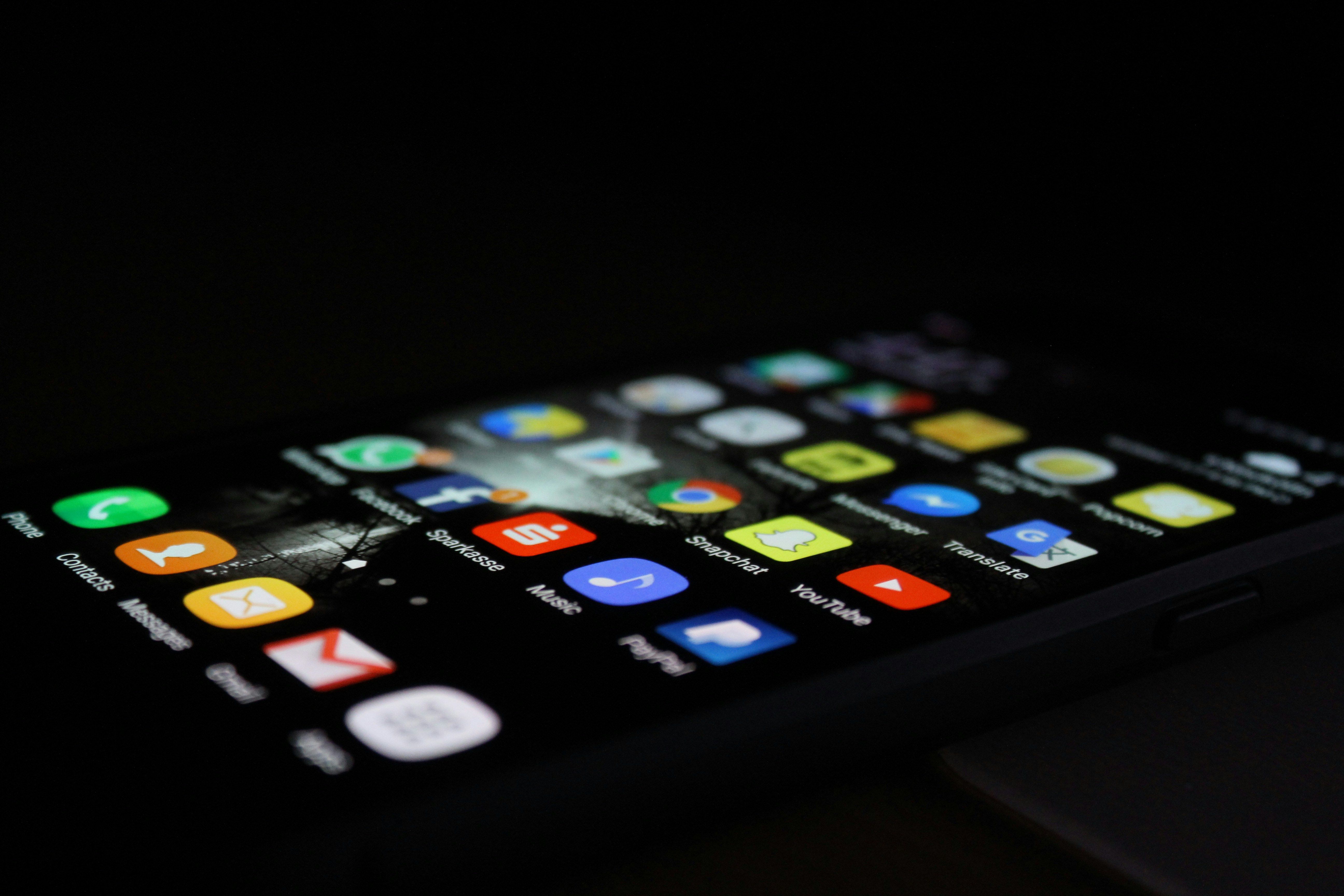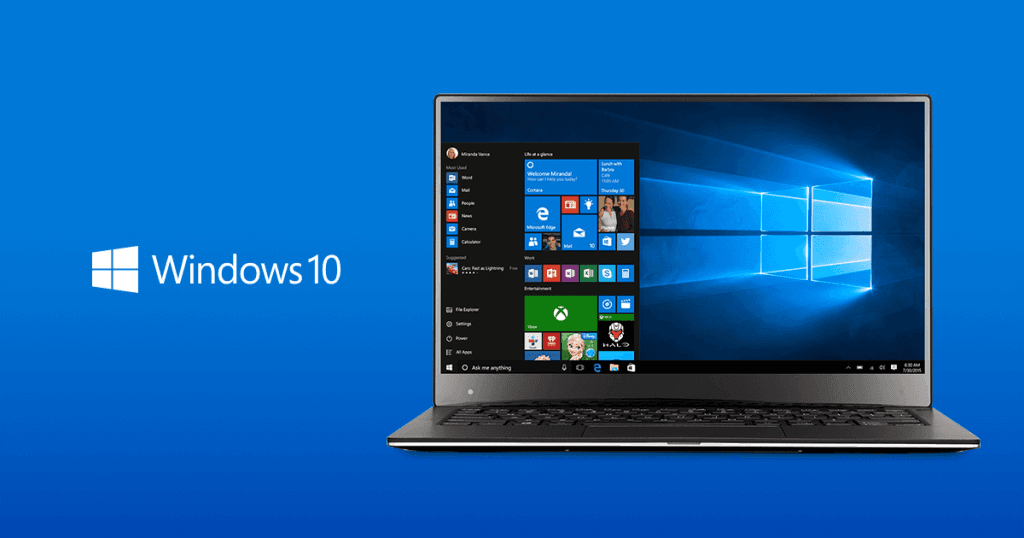Every photo you share online may be giving away more than you realize. Hidden inside each image is metadata that can expose your location, device details, and personal habits without you knowing.
1. What Photo Metadata Reveals About You

Every photo captured on a digital device contains hidden metadata, known as EXIF (Exchangeable Image File Format) data. According to LatticeWork, this metadata includes "information about when, where, and how a photo was taken and technical specs like the type of camera, shutter speed, ISO, aperture, flash, and even geotagging if that's an available feature on the camera." SecureMac notes that metadata "includes critical information such as shutter speed, color temp, camera type, lenses, date taken, and even the editing software used."
The scope of this data collection is substantial. As Comparitech explains, "most images captured on a digital device will have some metadata stored with them," and "the data associated with an image will depend on the device used to capture it as well as any programs that may have been used to alter or edit it."
This invisible data creates a digital fingerprint that most users remain unaware of when sharing photos online.
2. GPS Location Data Creates Real Privacy Risks

Location information embedded in photo metadata poses significant privacy concerns. Apple Support explains that when Location Services is enabled for the Camera app, "it uses information known as metadata gathered from cellular, Wi-Fi, GPS networks, and Bluetooth to determine the location coordinates where the photo or video is taken."
SecureMac warns that "the GPS data embedded in photographs can significantly compromise privacy by revealing precise locations where photos were taken (including time of day, direction, elevation)." A documented case illustrates these risks: according to LatticeWork, "John McAfee, a software executive wanted in Belize for questioning in the murder of his neighbor, was pictured in a photo alongside Vice reporters, and the headline photo included geotagged metadata to show a home in Guatemala."
Proton emphasizes that this location data, combined with timestamps, allows tracking of daily routines: "this invisible metadata can be used to track your location, piece together your daily routines, or dox you or your loved ones- exposing your identity, home address, or other personal data without your consent."
Users should disable location services for camera apps and remove location metadata before sharing photos to protect their privacy and physical security.
3. Device and Technical Information Exposure

Photo metadata reveals extensive technical details about your devices and software. According to Google Play's Photo Metadata Remover app description, EXIF data commonly includes "camera/phone brand, camera/phone model, lens brand/model/serial number (depends on your device), light source, F-stop, exposure time, ISO speed, focal length, flash mode, software name that processed or edited the photo, subject distance (depends on your device), and many more."
This information creates several privacy concerns. Symmetry Systems notes that "metadata is the hidden information goldmine attached to your data" and warns that "over the past several years, numerous incidents have surfaced where metadata has caused professional and political embarrassment, even being considered breaches in their own right, when compromised by a cybercriminal."
The persistence of this data means that even casual photo sharing can reveal patterns about your equipment, software usage, and technical preferences that may be exploited by malicious actors or used for targeted advertising.
See also - 11 Clever Ways to Find Out Who’s Behind an Unknown Number
Device fingerprinting through photo metadata allows for tracking across platforms and services, making this a significant privacy consideration for regular photo sharers.
4. Social Media Platform Metadata Handling Varies

Different social media platforms have varying policies for handling photo metadata. According to Jimpl's analysis, "most of the popular social media and messengers remove metadata automatically from photos you upload to keep you protected." However, this protection is not universal across all platforms or sharing methods.
Google Play's Photo Metadata Remover notes a key benefit: "social media services can't collect metadata from your uploaded photos to build an advertising profile of you anymore" when metadata is removed beforehand. IEEE research indicates that "a survey of the above-mentioned social media platforms (specifically when posting photos using them, either from a mobile application or using the Web) made it obvious that sensitive information can very easily be leaked to others, even if privacy and security measures are put in place by the user and/or the platform."
See also - These 17 Apps Are Still Watching You After You Delete Them
The IEEE study found inconsistent protection: "Twitter adequately preserved photo sharing privacy in a cross-platform setting, while Facebook and Tumblr reserved either a copy of the shared photo" with potentially intact metadata.
Users should not rely solely on platform protection and should remove metadata before uploading to any service, as policies and implementations can change without notice.
5. Metadata Removal Tools and Methods

Multiple tools and methods exist for removing photo metadata across different devices and platforms. Windows users can strip EXIF metadata from one or more image files by accessing the Properties menu and selecting the "Remove Properties and Personal Information"
Apple provides built-in tools for iOS and Mac users to remove location metadata from photos through the Photos app, and when sharing images, users can share them without including the location data where the photos were taken.
Third-party applications offer more solutions. Consumer Reports notes that "most smartphones don't have a built-in tool to remove Exif data completely from photos that already have it attached, but there are free apps for both Android and iOS devices that will do it for you." Online tools like Jimpl and Adarsus provide web-based metadata removal services.
Windows
- Right-click photo → Properties → Details
- Click "Remove Properties and Personal Information"
- Choose copy option or remove from original → OK
iPhone/iOS
- Remove location: Open Photos → tap photo → "i" button → Adjust → "No Location"
- When sharing: Share button → Options → toggle off Location → Done
- Prevent future tracking: Settings → Privacy & Security → Location Services → Camera → Never
Mac
Best method: Download ImageOptim (free) → drag photos into app window → automatically strips all metadata
Location only: Photos app → select image → "i" button → Image menu → Location → Hide Location Remove Location
The choice of tool depends on your technical comfort level, device platform, and frequency of metadata removal needs.
If you liked this story, please follow us.
6. File Size Benefits of Metadata Removal

Removing photo metadata provides an unexpected benefit: reduced file sizes. EXIF data can significantly increase image file sizes, and removing this metadata can sometimes reduce file size by up to 30%.
This size reduction occurs because metadata can be substantial. As Metadata2Go explains, "many files contain extra or even hidden data other than the visual data you see at first glance," and this additional data contributes significantly to file size.
For users sharing photos frequently or dealing with storage constraints, metadata removal serves dual purposes: protecting privacy while optimizing file sizes. This is particularly relevant for mobile users with limited data plans or cloud storage capacity.
The size reduction varies depending on the amount of metadata embedded by the camera or editing software, but the privacy benefits make metadata removal worthwhile regardless of file size considerations.
7. Best Practices for Photo Privacy Protection

Implementing photo privacy protection requires a multi-layered approach. WeCreate Digital recommends that users set up a standard step in your workflow to strip metadata before sharing if they "handle sensitive files regularly."
For ongoing protection, Proton recommends to "always delete metadata before uploading your photos to websites, cloud storage, or messaging apps." LatticeWork emphasizes that "knowing how metadata is stored and making sure you only give up as much information as you need will keep your photos and your personal information secure."
Regular awareness is crucial. Removing metadata protects privacy and security by preventing personal details or sensitive business information from being unintentionally shared, and users should always research their chosen tools to ensure they're reliable, safe, and appropriate for their specific files and circumstances.
If you liked this story, please follow us.







